
Indian media portrays Bangladesh through a lens influenced by political interests, focusing on migration, security, and regional stability. This can create a skewed image of the country, often ignoring broader aspects of the relationship. The media can also highlight internal issues, such as political instability, which can strain relations and deepen misunderstandings. Negative portrayals can lead to stricter border controls and affect diplomatic ties, while balanced portrayals can foster better understanding and cooperation. By focusing on a broader range of issues and striving for balanced reporting, media outlets can play a crucial role in fostering better relations and regional harmony.
The Intersection of Politics and Media Narratives
The way Indian media portrays Bangladesh reveals much about the intersection of politics, regional dynamics, and public perception. These narratives do more than simply report facts; they shape how people view their neighbors and influence policies that affect millions. In Indian media, Bangladesh is often depicted through a lens colored by various political interests. The portrayal shifts depending on the current political climate, reflecting broader concerns like migration, security, and regional stability.
Migration and National Security
During election seasons, there is often a spike in stories about illegal migration from Bangladesh, particularly in states like Assam and West Bengal. This focus on migration frequently comes with warnings about threats to national security and cultural identity. Such narratives can amplify fears and prejudices, sometimes oversimplifying the complex reality of migration and its causes.
Political parties in India use these narratives strategically. By highlighting migration issues, they tap into nationalist sentiments, which can be particularly potent during election campaigns. This focus might not always align with the most pressing issues but can sway public opinion and drive votes. The risk here is that these portrayals can create a skewed image of Bangladesh, focusing on specific problems while ignoring broader aspects of the relationship between the two countries.
Internal Issues and Their Impact
The media also covers Bangladesh’s internal issues, such as political instability or economic challenges. These stories are often framed in a way that suggests potential spillovers into India, reinforcing fears that instability in Bangladesh could affect its larger neighbor. This kind of reporting can strain relations and deepen misunderstandings between the countries, overshadowing the many instances of cooperation and mutual benefit.
Positive Aspects of the Relationship
There are times when the media focuses on positive aspects of the relationship. Coverage of successful collaborations on issues like river water sharing or trade agreements can highlight the benefits of working together. However, these stories sometimes get overshadowed by more contentious issues, leaving a lopsided view of the bilateral relationship.
The Impact of Media Narratives
The impact of these narratives is significant. When media portray Bangladesh negatively, it can shape public opinion and influence government policies. For instance, a heightened focus on migration and security concerns might lead to stricter border controls or affect diplomatic negotiations. Negative media portrayals can also strain diplomatic ties, making it more challenging to address complex issues through cooperation and dialogue.
Regional Implications
On a regional level, these media narratives can contribute to tensions that affect not just India and Bangladesh but also the broader neighborhood. If Indian media consistently portrays Bangladesh in a negative light, it can impact everything from trade relations to regional partnerships. This kind of reporting can create a climate of mistrust that hampers collaborative efforts on shared challenges, such as climate change or infrastructure projects. Conversely, a balanced and nuanced portrayal can foster better understanding and cooperation.
Conclusion
In essence, the way Indian media narrates the story of Bangladesh is more than a reflection of current events; it is a powerful tool that shapes public perception and influences policy. By focusing on a broader range of issues and striving for balanced reporting, media outlets can play a crucial role in fostering better relations and regional harmony. It’s not just about reporting news but about understanding and representing the complexities of neighborly relations in a way that promotes mutual respect and cooperation.
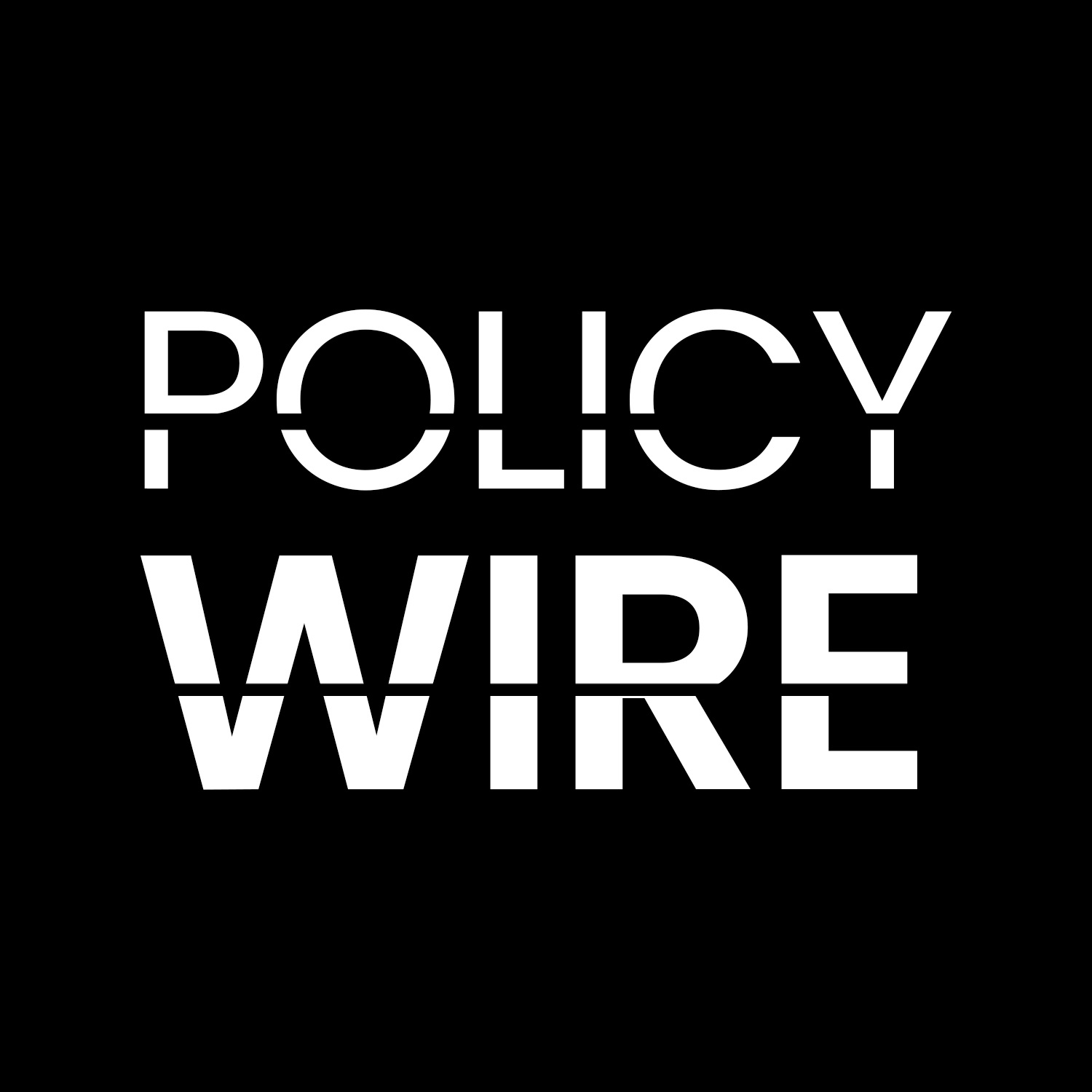
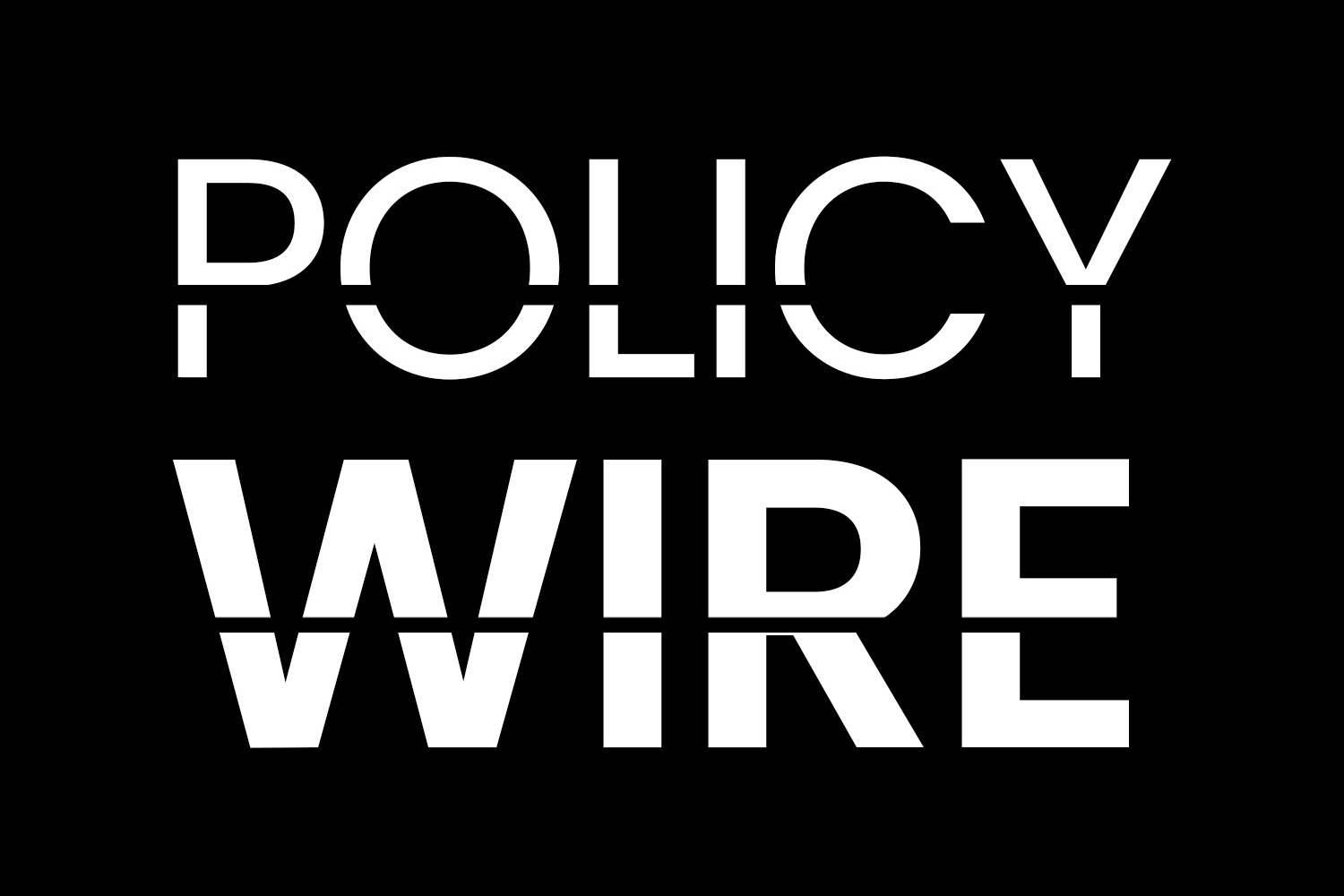
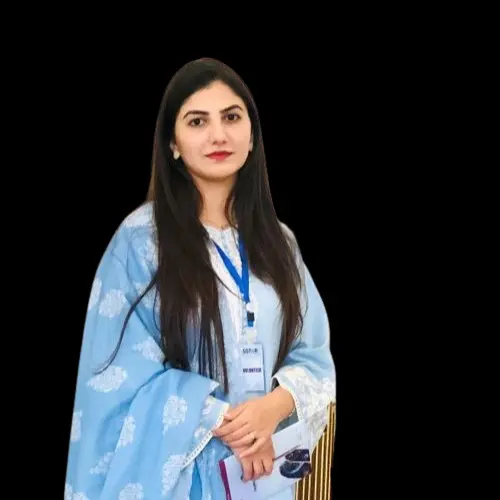



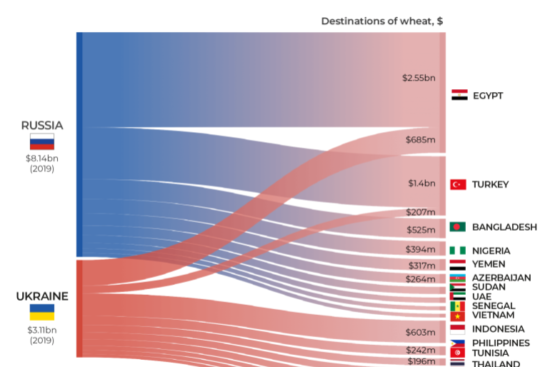
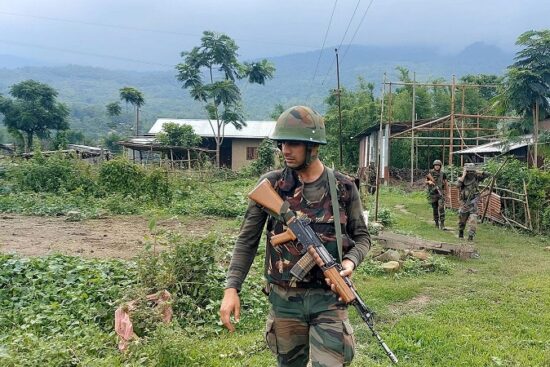
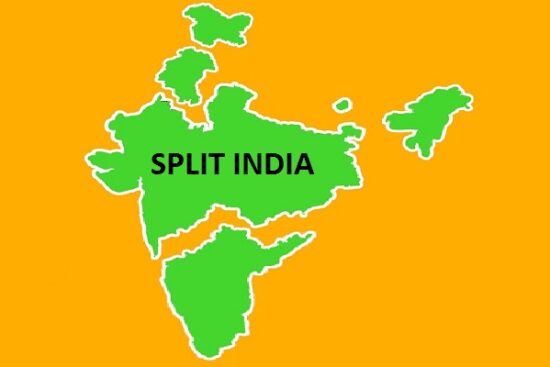
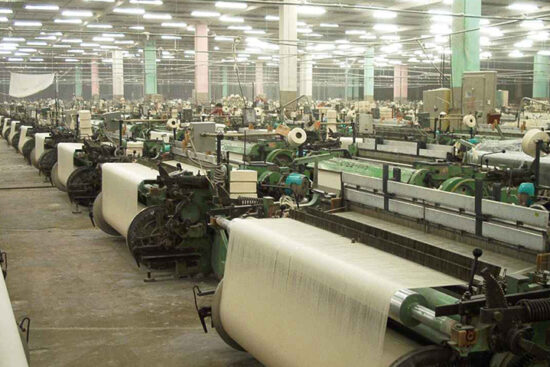







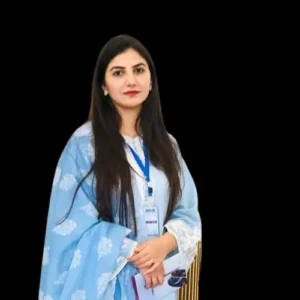

Leave a Reply